Crop Report
Some producers across Logan, Menard, and Sangamon counties have begun harvesting their crops. So far, the harvest has been predominantly of the earlier-planted corn, with earlier-planted soybeans not far behind. A majority of the corn and soybeans across the area still need some time to dry out before harvest, but expect more producers starting in the next couple of weeks.
Corn is being harvested in my area, since a large wet milling corn processor announced no discounts for wet corn, only shrinkage to be applied. The only soybeans not turning yellow and reaching maturity are the double-crop fields.
Harvest is not far off for some of the early-planted fields in Douglas County, but with the extended planting season, there are still plenty of green fields as well in the county. All corn fields surveyed were at least at R5 (dent) with 50% milk line, and several were just reaching R6 (black layer) or within a few days of it. Soybean fields generally ranged from late R6 (full seed) through R7 (beginning maturity), and I spotted a couple fields within a couple more warm days of R8 (full maturity).
The 2024 growing season is ending on the dry side in Northeast Illinois. Aerial cover crop seed application has started, but limited harvest activity has taken place in the region. I continue to be surprised at the difference in maturity and color of crops across and within fields. From plants ready to harvest, to those mostly green from top to bottom. This was very apparent at the University of Illinois Soybean Variety Testing plot near DeKalb. Late season disease symptoms showing up in soy include SDS (to be confirmed by the plant clinic). Looking at corn ears, we see smaller kernels in areas effected by late season drought, the impact on final yield will be determined soon at harvest.
Corn is solidly into dent(R5) but later planted fields still have milky kernels. First crop beans are still filling out pods, or aborting at the uppermost nodes due to the consistently dry weather. Just in the past week, some fields have started yellowing. Double crop beans are also in R6, and could benefit from rain if this tropical storm does blow up from the Gulf.
It has been almost a month since we had any rain. The previous heat and dry weather has pushed senescence, especially in the early planted crops. Harvest has just started in the area and yields have been positive. Various ear rots can be found as well as some stalk rot in corn.

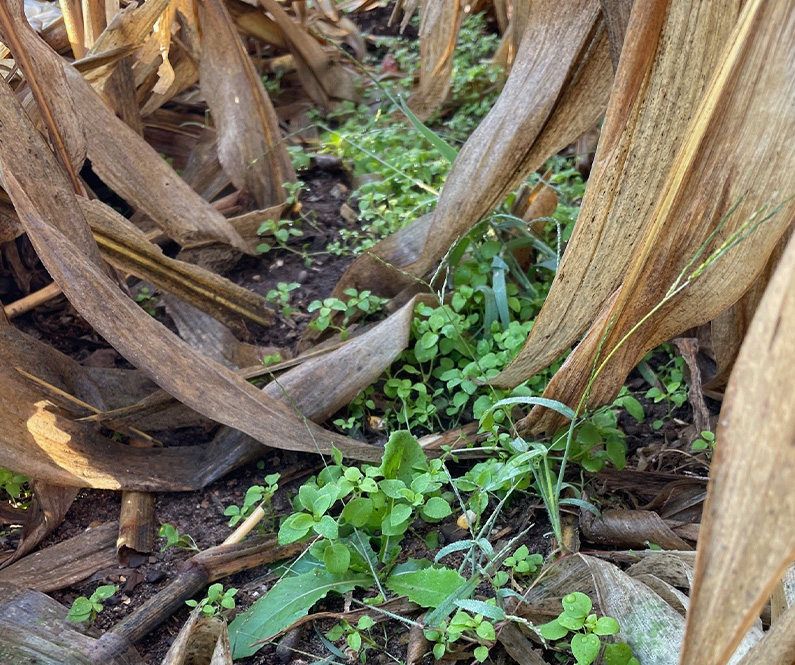
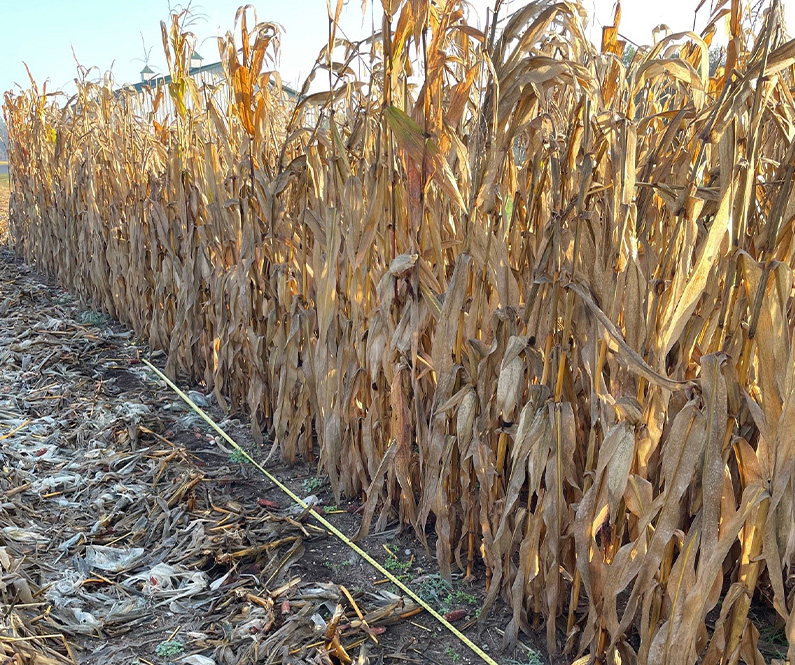
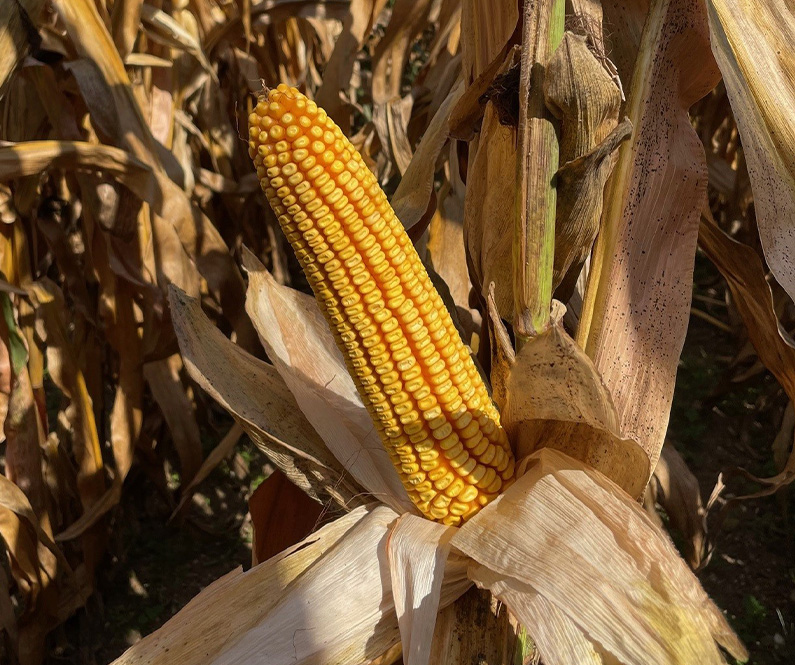
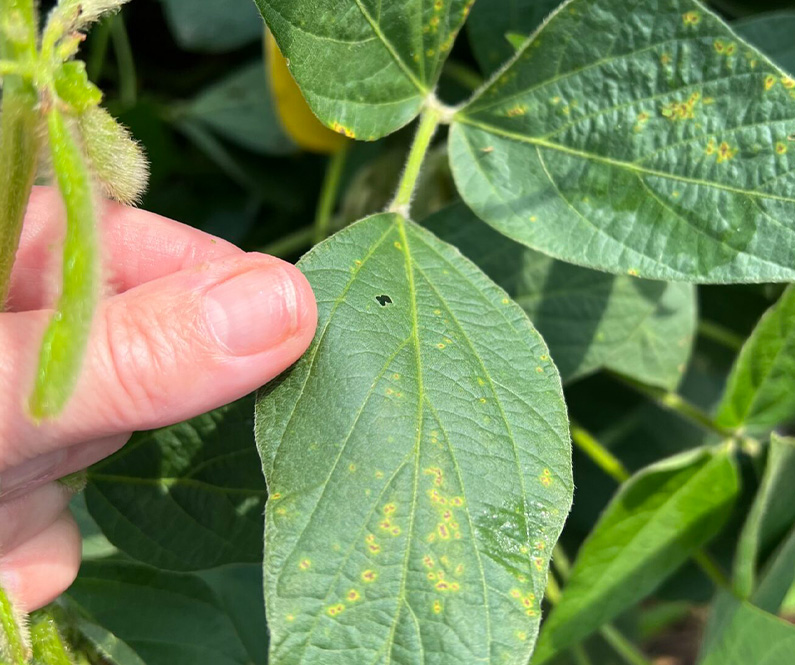

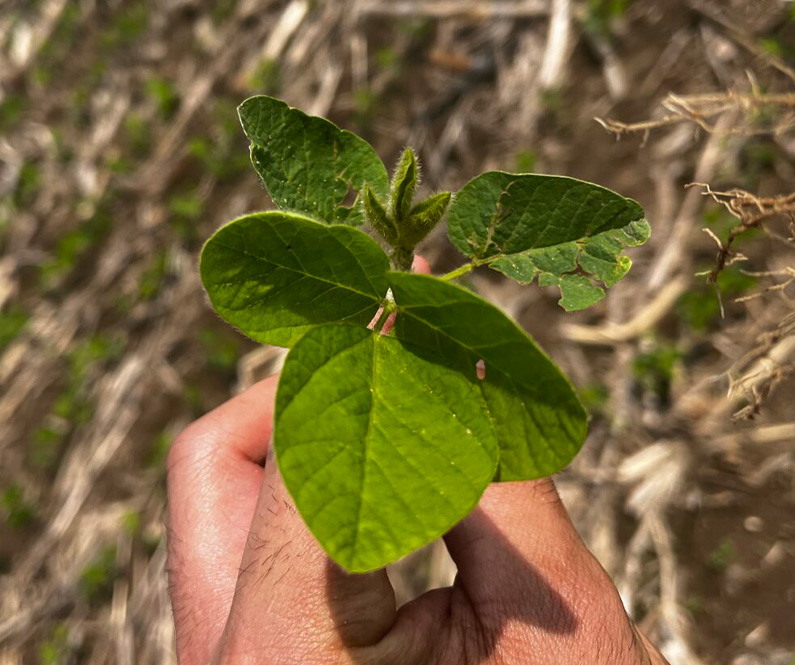
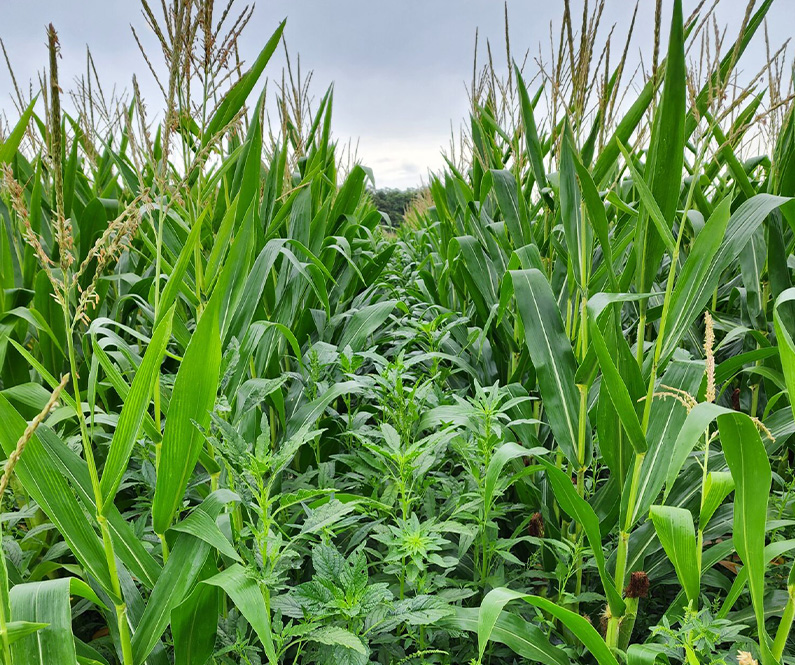
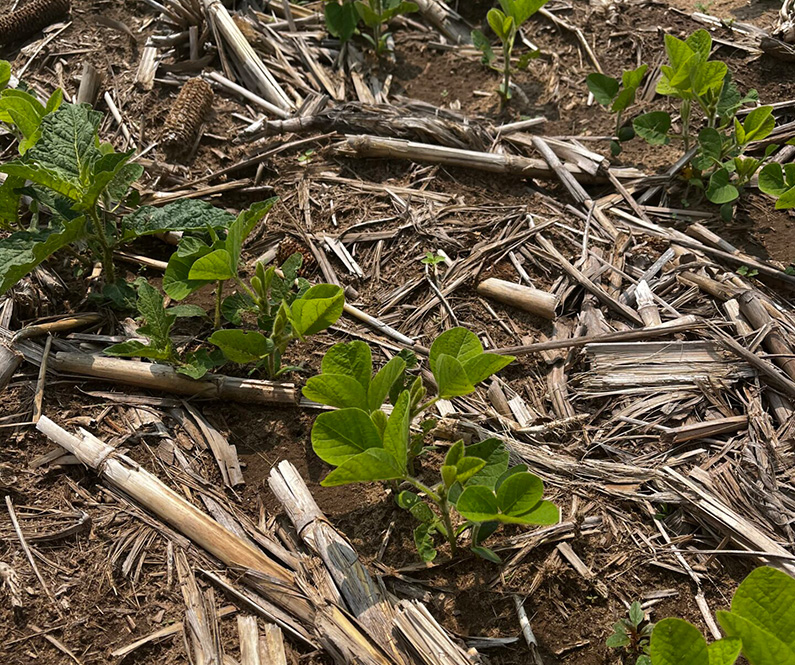
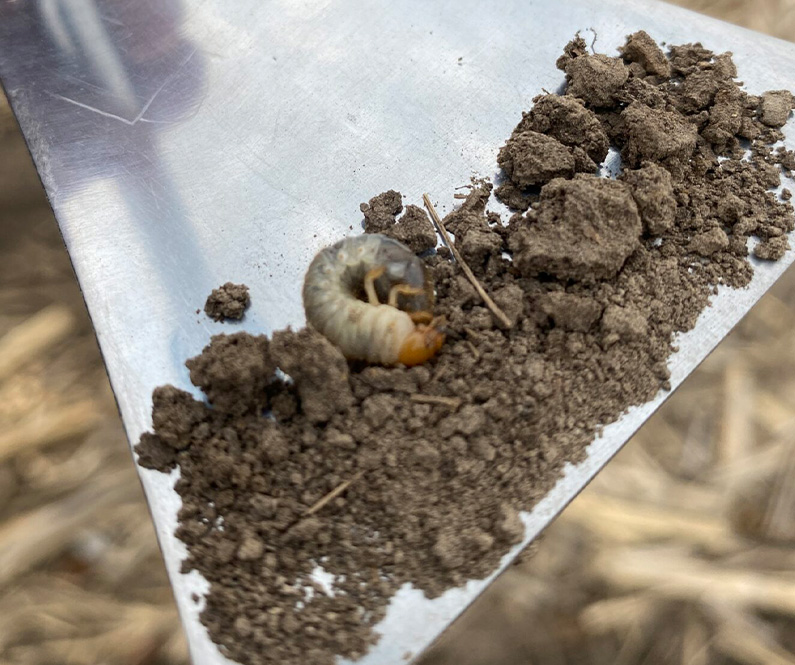


 and then
and then